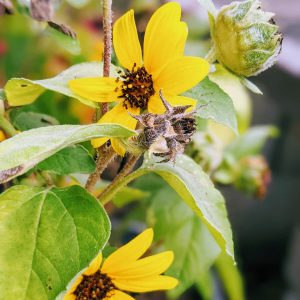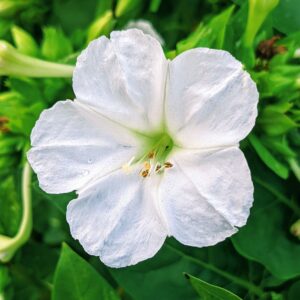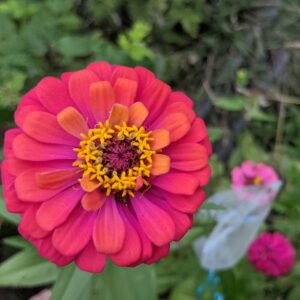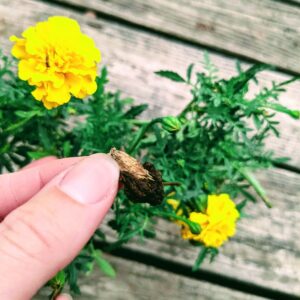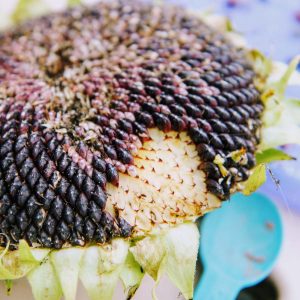How to Deadhead Hydrangeas (5 Simple Steps)
Like colorful clouds of cotton candy, hydrangeas bedeck the landscape with gorgeous hues of puffy pink, purple, and blue flower clusters. Keep your shrubs looking their best with a tidy appearance and continuous blooms when you learn how to deadhead hydrangeas.
Although the dried flowers offer seasonal interest on the shrubs, you can still find numerous benefits of deadheading hydrangeas. Learn when to do it, plus the best tips for removing spent blossoms from these lovely perennial shrubs.
Read More: What Is Deadheading and What Flowers Do You Deadhead.
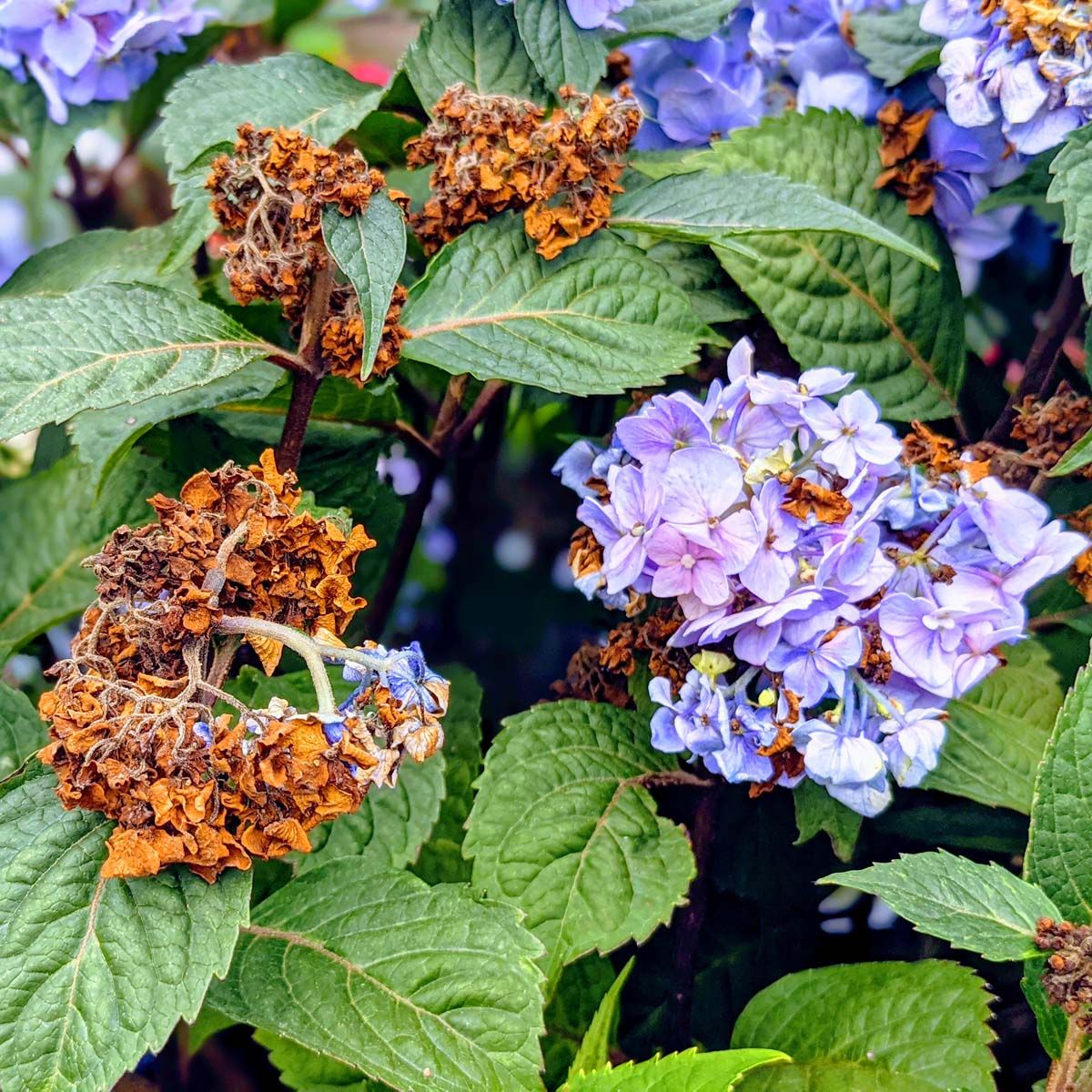
Should You Deadhead Hydrangeas?
If you’re wondering, “should I deadhead hydrangeas,” it’s great that you’ve put that much thought into your garden. Deadheading hydrangeas is an important step in the care of your landscaping.
When you deadhead hydrangea shrubs, you stop the plant from trying to make seeds on that flower head. Instead, your hydrangeas can divert their energy into their foliage and a more robust root system.
While it is possible to grow from seeds, most people tend to buy their hydrangea shrubs from nursery and garden centers as live plants.
Therefore, saving hydrangea seeds isn’t often a priority for the average gardener.
Benefits of Deadheading Hydrangeas
The shrub hydrangea benefits from deadheading. This stunning landscape favorite enjoys a little trim here or there.
Here are some of the top benefits of deadheading hydrangeas:
- Healthier Plants – Removing spent hydrangea blooms signals the plant to stop trying to make seeds and instead, focus on better foliage or stronger roots.
- Tidy up the Garden – All of those brown blooms detract from the overall look of your plants. Remove those brown blooms to brighten your flower beds.
- Curb Appeal – Deadheading hydrangea plants can improve the appearance of your landscape and your home’s curb appeal.
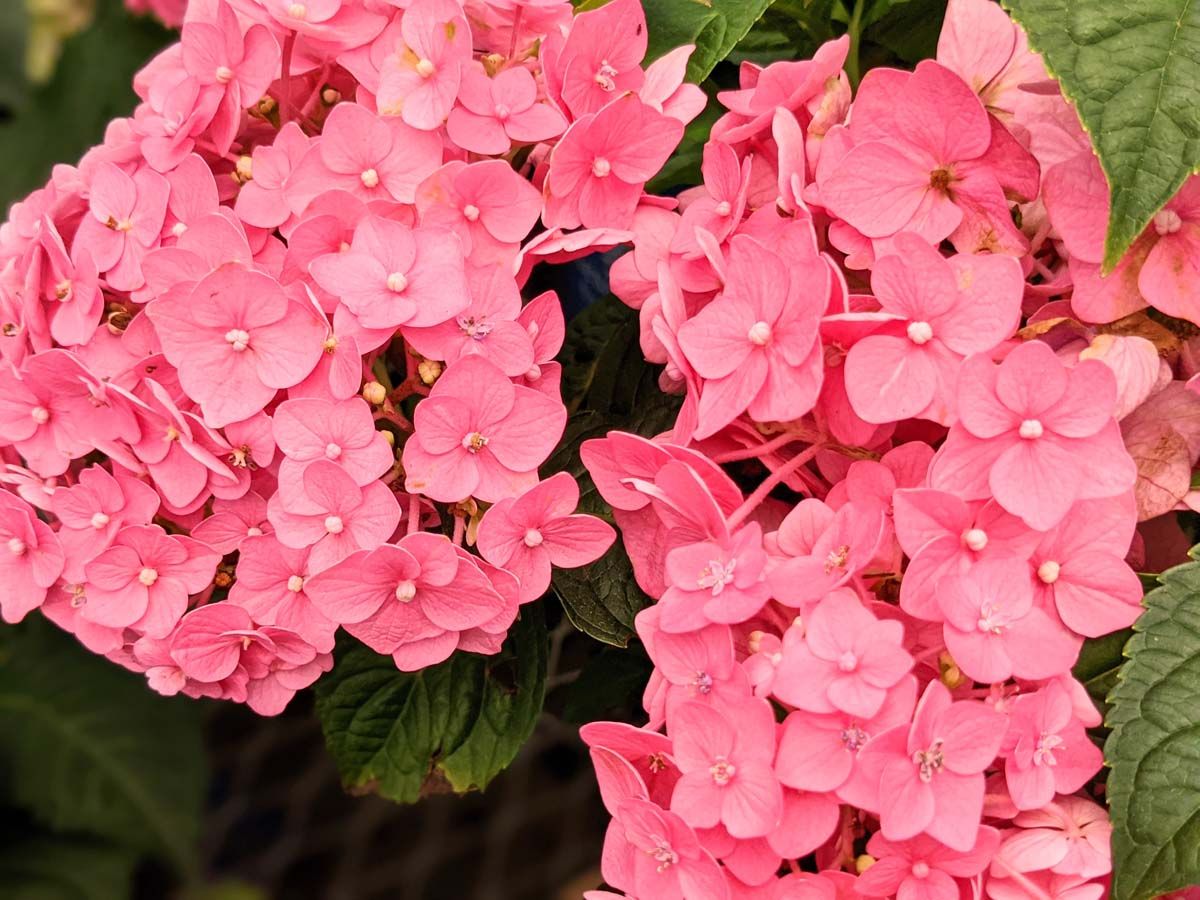
When Do You Deadhead Hydrangeas?
Do you cut off dead hydrangea blooms at a particular time? The answer is, yes, mostly.
After the blooms begin to fade in the late spring or summer, you can gently snip away dead hydrangea flowers. Feel free to cut off the spent blooms when they become brown or less attractive.
Some signs of when to deadhead hydrangeas:
- Hydrangea blossoms begin to turn brown.
- Spent hydrangea flowers look crisp and dry.
- Faded blooms look limp or mushy.
- The vibrant color fades from the blooms to a dull shade that will soon be brown.
- Flower clusters hang or sag over heavily.
- The spent flowers take away more than they bring to the garden.
The timeframe of when you need to cut the deadheads may vary depending on the type of hydrangea you’re growing. We have a limelight hydrangea with gorgeous pale lime-colored blossoms that bloom gorgeously in mid-July, usually through the end of the growing season.
When Not to Deadhead Hydrangeas
Avoid deadheading hydrangeas from August 1 and beyond. In fact, plan to prune hydrangeas in the springtime, according to the University of New Hampshire Extension.
By late summer into the early fall, the shrubs should be forming buds for the next year’s blooms.
Even if a few straggler blooms keep blooming after this time, it’s fine to let them be. Leaving some spent hydrangea blooms on the shrub adds some dried flower appeal over the winter.
How to Deadhead Hydrangeas
Deadheading hydrangeas is easy and quick! You may wish to wear gardening gloves to protect your hands.
Consider cleaning your pruning tool before making any snips to avoid spreading any pathogens from prior pruning jobs.
Follow these steps to deadhead hydrangeas:
- Follow the stem from the base of the dead hydrangea flower to the closest leaf set.
- Snip the stem right above the leaf set to allow more vigorous growth to continue.
- Toss spent stems in a bucket or yard waste bin.
- Continue snipping off the brown, dead hydrangea flower heads until you’ve completed the task.
- Check your shrubs regularly to watch for more deadheads.
Removing the deadheads should truly improve your shrub’s visual appeal.
If you’re lucky, you may soon find new growth coming from the leaf nodes where you removed the spent blooms.
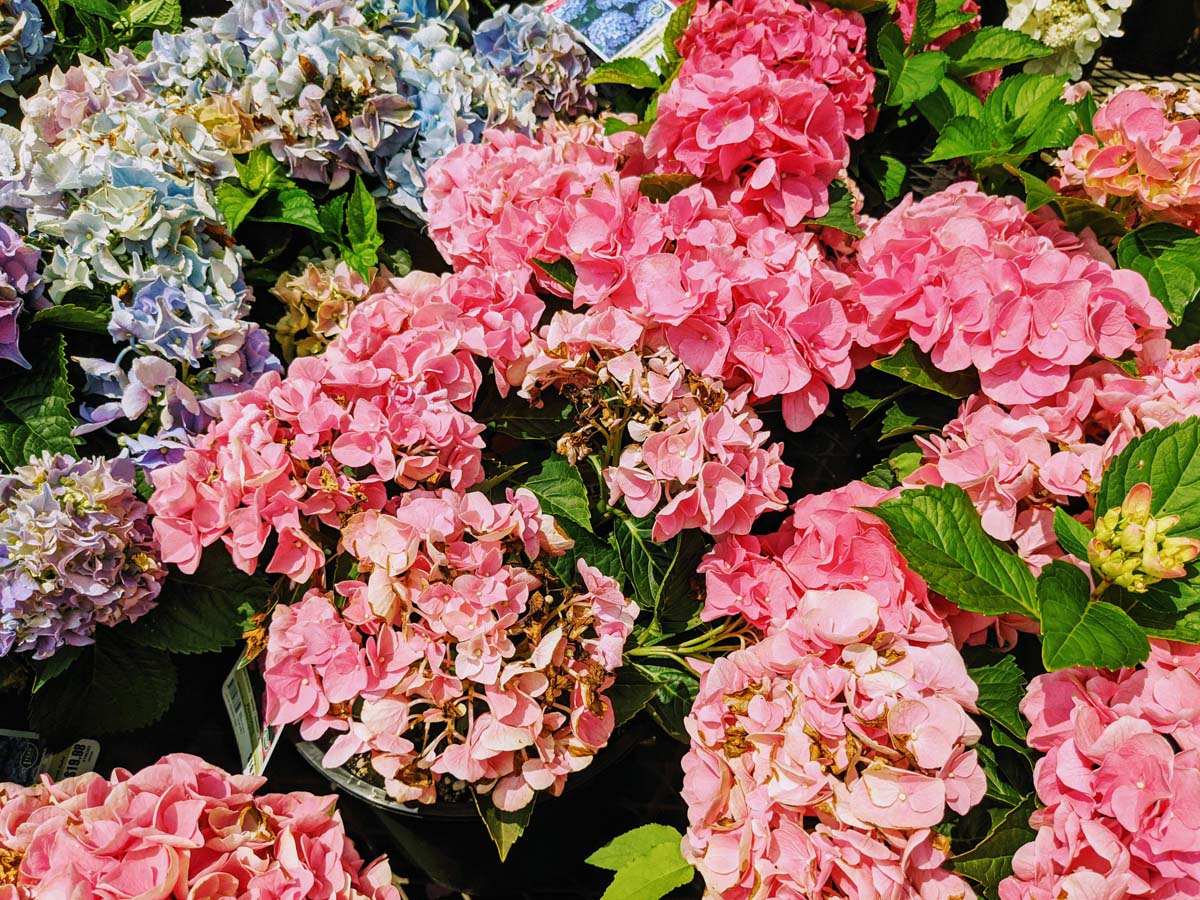
Trimming Hydrangeas
Deadheading hydrangeas is an easy, low stress gardening task that you can knock out in a matter of minutes. It makes an immediate impact!
If you have a little time for an easy task, deadhead your hydrangeas for the many benefits.
Now that you’re learning about deadheading in your garden, don’t forget to deadhead marigolds and deadhead roses for more and better blooms!
Do you deadhead hydrangeas? We’d love to hear your favorite tips and best practices, or any questions you may have. Let’s chat in the comments below!
And if you found this post helpful, let us know! Please feel free to share this post out on social as well!
10.19.22 – Updated to fix image size and replaced images with jpg instead of png. Improved spacing. Removed references to continuous blooming.

